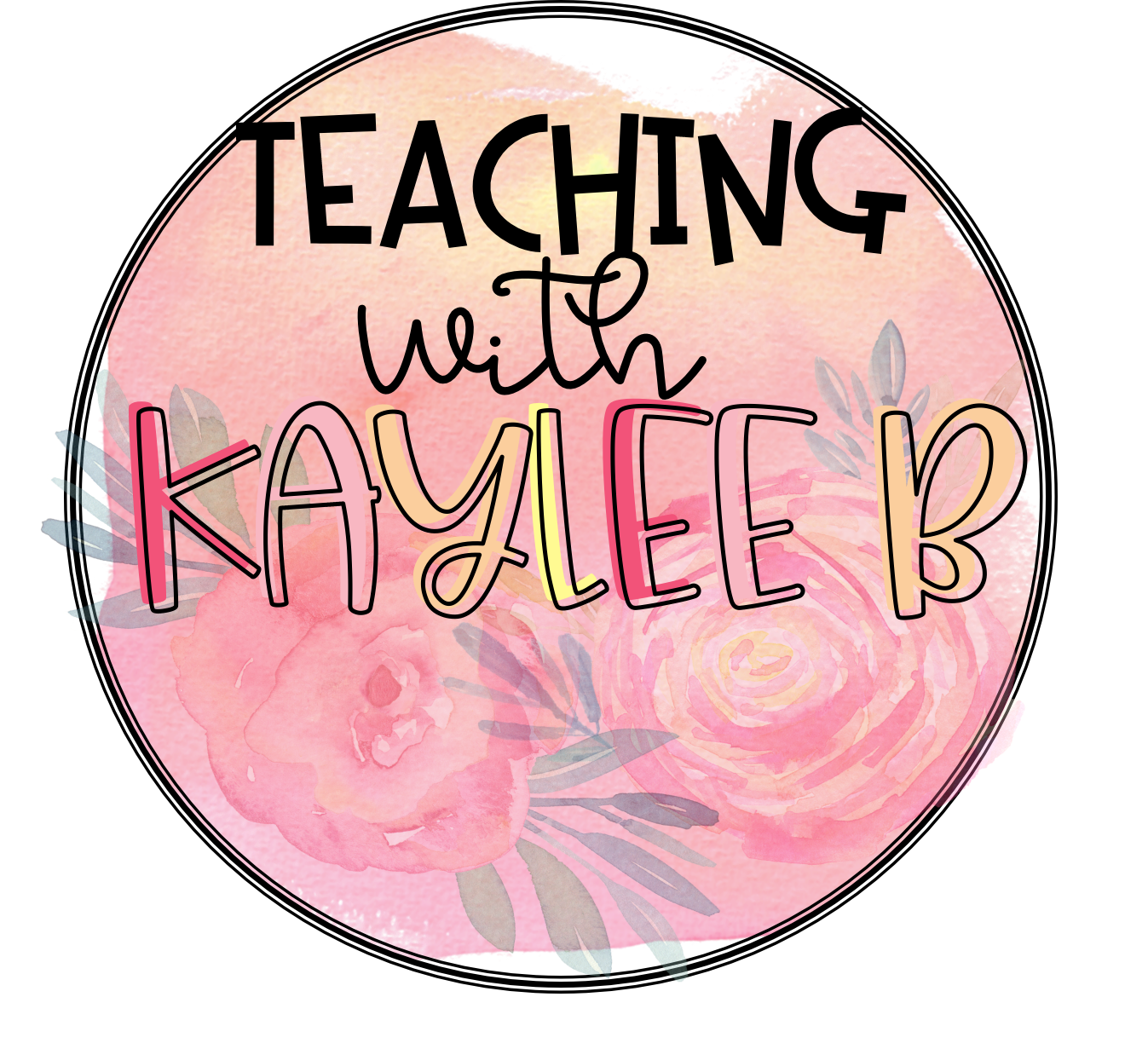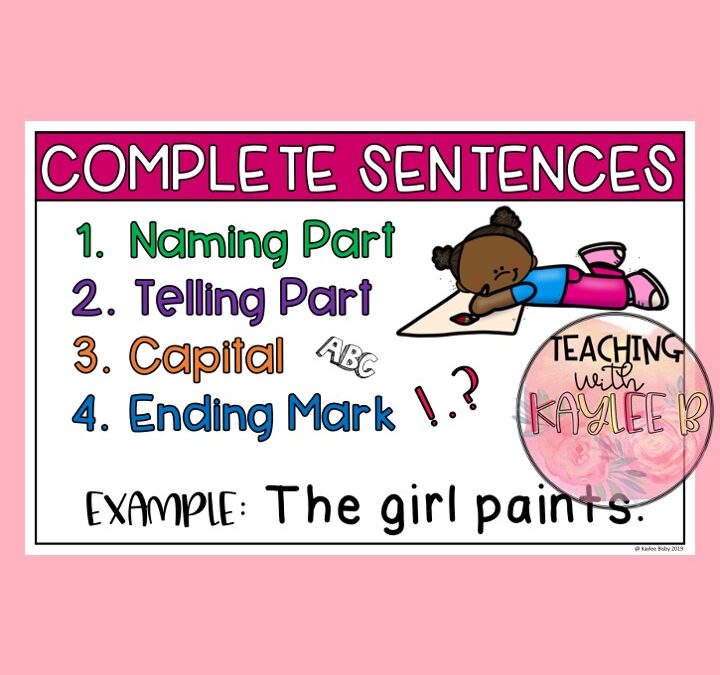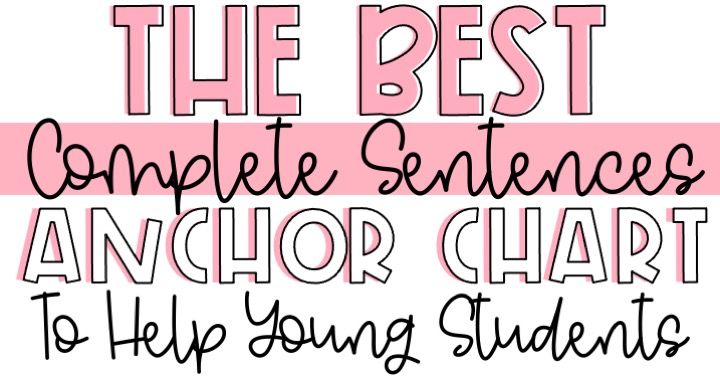Complete Sentences Anchor Chart
At the beginning of the school year, my students have a really hard time writing in complete sentences. That’s why I hang up a complete sentence anchor chart to help remind students. To help students really be successful with complete sentences, I teach my students with the anchor chart and then give them lots of practice activities. This makes a big difference in my students’ writing.
So I thought today I would share how I use my Complete Sentences Anchor Chart plus the practice activities.
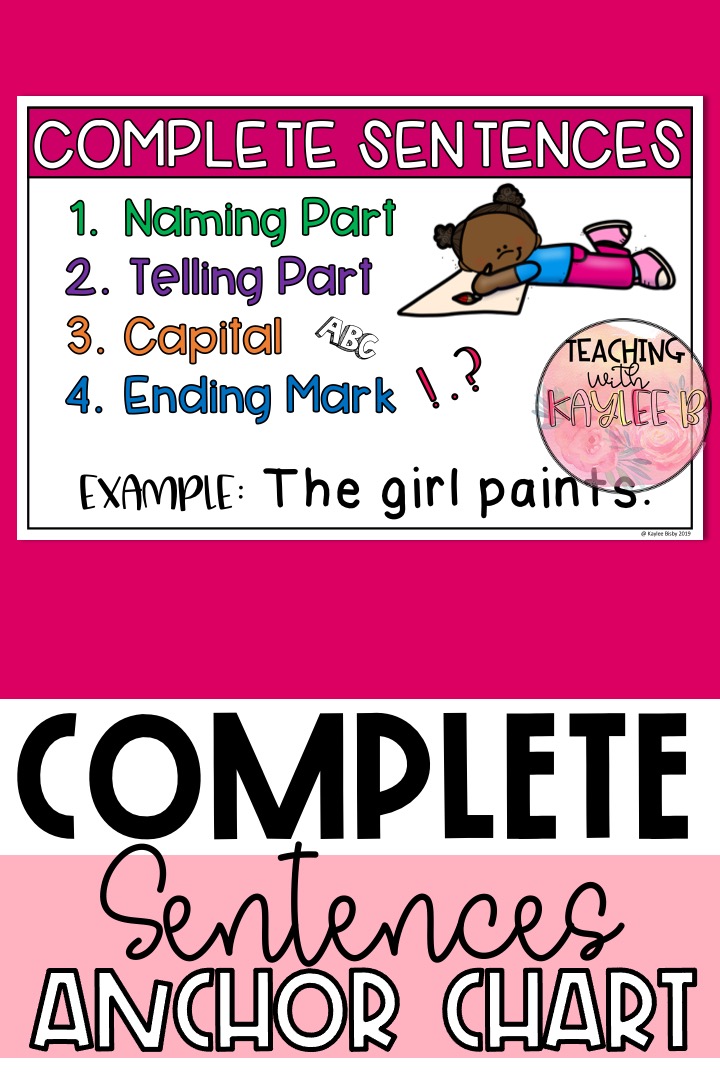
First, I want to show my students to elements that make up a complete sentence. I display the anchor chart and we talk about each element. The complete sentences anchor chart has an example sentence on it so we can identify all the elements. I laminate the anchor chart so I can write on it with a dry-erase marker. I circle the capital letter at the beginning of the sentence and point out the period at the end of the sentence. I even underline the naming part and the telling part of the sentence.
This is a great visual for students to refer to.
I also print out a student version. This is a smaller black and white version of the complete sentences anchor chart first grade students and second grade students can glue in an interactive notebook. They can refer to it as they do other assignments as well.
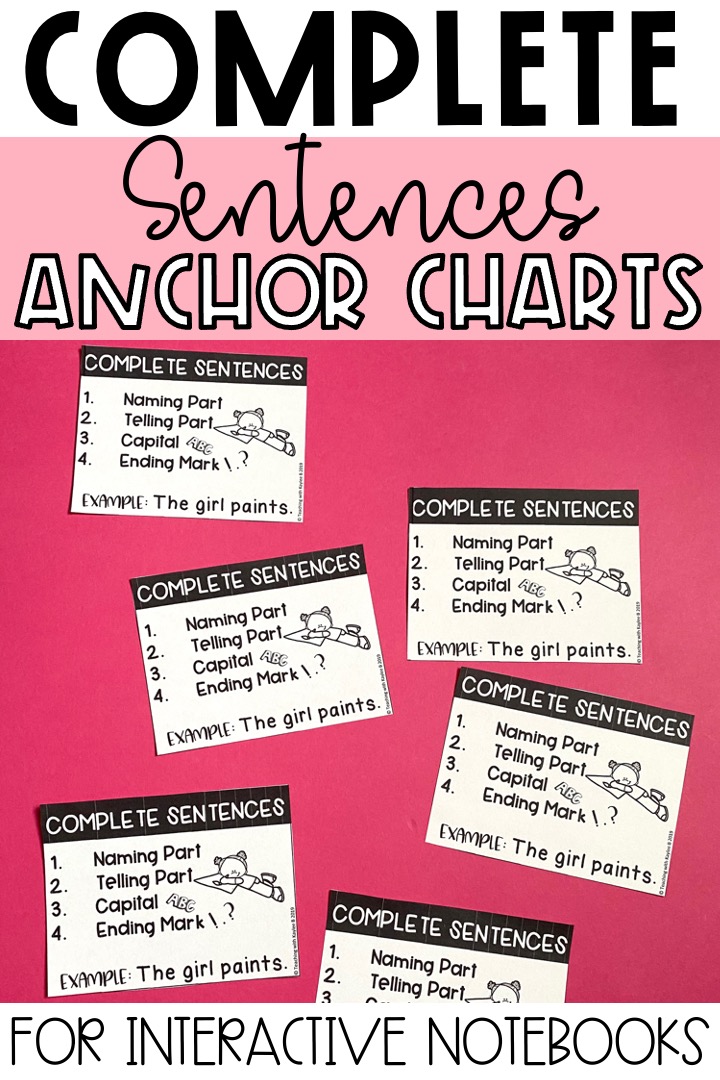
How to Teach Complete Sentences
Giving students plenty of assignments is key to help students write in complete sentences. Not only do I want my students to be able to write in complete sentences, but I want them to be able to recognize incomplete sentences and how to fix them. I like to do this two different ways with worksheets and with scoot activities.
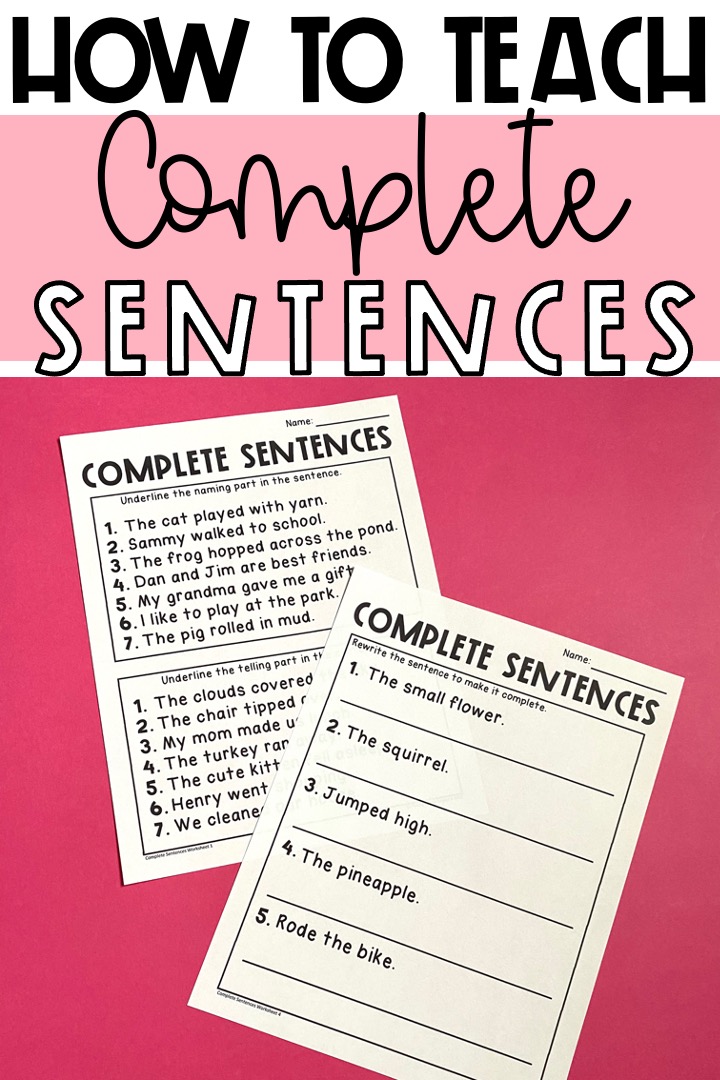
Complete Sentences Worksheets
I want students to be able to identify the naming and telling parts in sentences. Or in other words, the subject and predicate. I have a worksheet where they have to underline the different parts of the sentence. We do the first few as a class for guided practice. Then I let them do the rest as independent work. As they complete the worksheet they show me the worksheet and I give them a “check” on their paper. This helps me quickly and easy see which students understand and which students need more practice with complete sentences.
The next worksheet I have students complete is one that has 5 incomplete sentences. Either they are just the naming part of just the telling part. Students have to rewrite the sentence to make it complete. Again, I’ll do a couple with my students and then let them do the rest as independent practice.
The last complete sentence worksheet I use has students correcting capital letters at the beginning of sentences and adding ending marks. It’s important that students don’t forget this component of complete sentences. So this worksheet is a good review for my students. Find the complete sentences worksheets along with the complete sentences anchor chart I use in my classroom here.
I even like to get my students moving around the room while practicing complete sentences. I do this with complete sentences scoot activities.
I have cards that I set around the room. Some of the cards have complete sentences and the other ones do not. I give each student a recording sheet. They go around to each card and say whether or not it is a complete sentence. If it is not a complete sentence, then students rewrite the sentence to make it complete. I like to hang up my complete sentences anchor chart during this activity to give them a little more support.
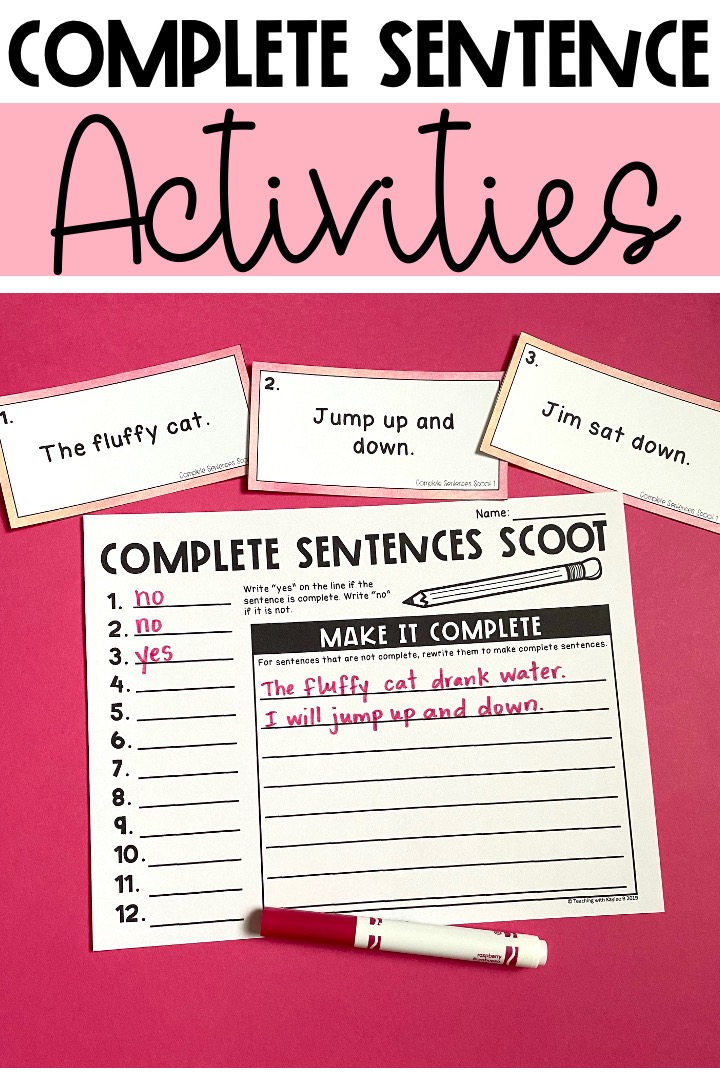
Find my Complete Sentences Anchor Chart and other activities here.
I hope these tips and resources help you when teaching your students about how to write a complete sentence.
You may also like these other blog posts:
